Introduction –
” One person’s trash is someone’s treasure”.
It means there are many things which really not complete scrap until it has no utility or possibility of its reuse. Considering the above phrase we can say there is scrap which is a trash of someone or by someone for which he/she doesn’t found any application/utility/reuse.
In Vigyan Ashram various kind of works carried out at different section or departments which includes Engineering section(workshop), Technology development department (workshop), Fablab, Energy and Environment Department, Agriculture and Animal Husbandry, etc. From this workplace different types of materials and/or machines, machine parts used pieces of equipment, etc. thrown into the scrapyard. The materials thrown are not sorted or categorize according to there type, material properties, or utility. All materials are mixed and difficult to access for reusing.
The types of materials in scrapyard are –
- Plastics – Broken pieces of machines, used plastic bottles, irrigation material, plumbing trash, etc.
- Metals – Pieces of different metal sections like L angle, Square tubes, C channels, Hollow pipes, solid bars, construction bars, flat plates, sheet metal pieces, corroded fasteners, etc.
- Wooden blocks, plywood trash, and uneven pieces
- Polythene papers – wrapping papers, poly-house papers, etc.
- Shade net pieces
- Broken and uneven Glass
- Cupboards
- Failed machines and machine parts
- Used kitchen wares
- Electrical wires and appliances
- Broken office furniture (Tables, chairs, etc.)
All the above-listed materials were found in mixed conditions.
From 17th to 19th January 2020, there was a maker (visitor of Vigyan Ashram) from Vietnam named Tien Tran who worked in the scrapyard and arranged VA scrapyard using the concept KonMari Method of Tidying up which is invented by Marie Kondo.
Before arranging the scrapyard was like (Image 1 & Image 2);

Image 1: VA Scrapyard before arranging
Image 2: VA scrapyard before arrangingKonMari Method of Tidying up –
This method is invented by Marie Kondo in Japan which is explained as ” a system of simplifying and organizing home by getting rid of physical items that do not bring into life.”
There are 5 steps in the KonMari Method as listed below,
- Discarding by category
- Break a category into subcategories as necessary.
- Keep only those things that spark joy.
- After you’ve finished discarding, organize your space thoroughly and completely.
- Do it all in one go.
Mr. Trien Tan has applied this method for arranging VA scrapyard and the result was shown below (Image 3 & Image 4);

Image 3: VA scrapyard after arranging
Image 4: Mr. Trien in well-arranged VA scrapyardThe real hurdle –
Even being the VA scrapyard arranged by Mr. Trien Tan the system was not followed by students and members of Vigyan Ashram as required to keep the scrapyard in well accessible conditions.
The scrapyard was really difficult to access completely, since the metal sheets, wood, and plywood like materials, plastics, and another metal scrap was in the blocked situation due to one another.
There were no segregation bays for metals as well as plastics.
What to do (Objectives) –
- To segregate and rea-arrange the materials in the scrapyard.
- To arrange the materials in such a way that everything will be accessible easily.
- To develop or invent useful projects from scrap.
Methodology –
The team of three members Amol (myself), Snehal, and Tejswini started working to fulfill the set objectives.
Plan of action listed below ;
- Scrapyard map making
- Sorting of materials
- Categorization of materials
- Arrangements of materials as per categories
- Project from scrap
1. Scrapyard map making
Following is the estimated map of the scrapyard (Image 5).

Image 5: Planned Map of VA scrap yardThe above map is made considering different types of materials in the scrapyard. Also one of the important consideration while making this map is ease of accessibility of every material.
2. Sorting of Materials
All materials in scrapyard sorted and separated which were mixed and difficult to access as well as identify for utilization/ reuse.
3. Categorization
All the sorted materials categorized mainly as plastics and nonmetals, metals, electrical.
In metals, the following three types of materials made,
- Sheet metal,
- Angles, bars, pipes, etc.,
- Reusable furniture, etc.
In nonmetals, the following types of materials made,
- PVC pipes and pieces
- Plastic furniture
- Plumbing and irrigation materials
- Wood and plywood
- Shade net, plastic paper, card sheet, foams and, thermal coal.
4. Arrangements of materials as per categories
- Sheet metal
All sheet metal pieces and complete sheets were arranged at location as marked according to the map. There are sheets which can be use for projects or any other purposes.
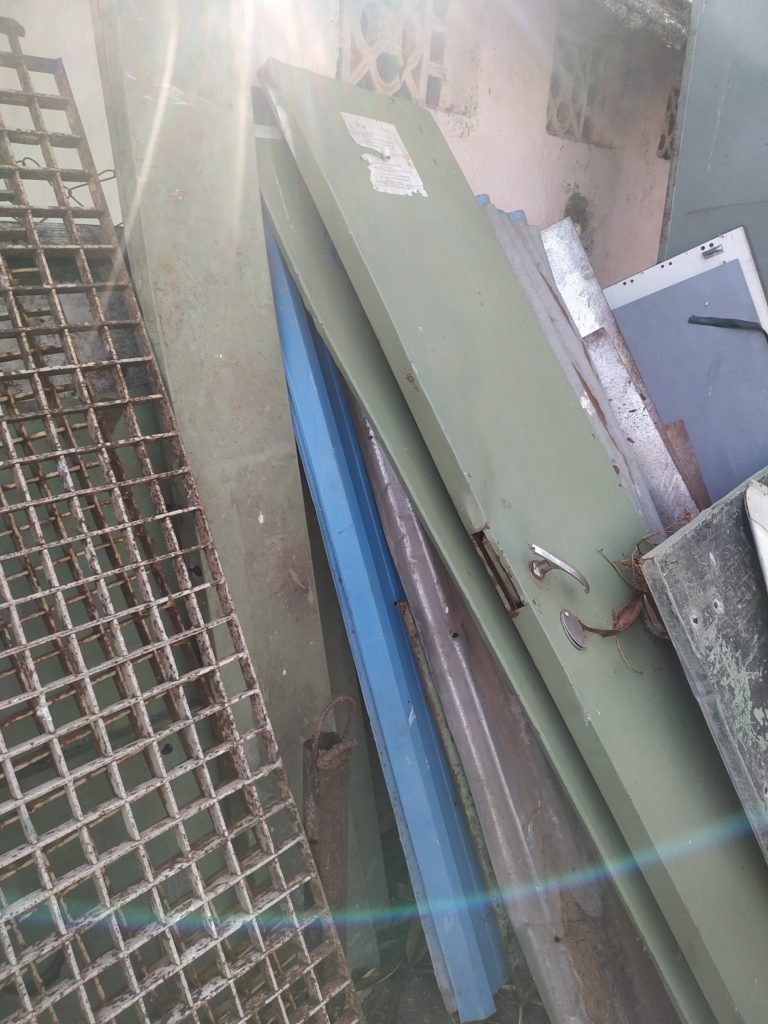
Image 6: Sheet metal2. Angles, pipes, bars (Metallic)
As shown below (image 7), all type of metal pipes,angles, bars, rods, etc. arranged vertically in structures found in scrap during sorting. All these materials are accessible easily.
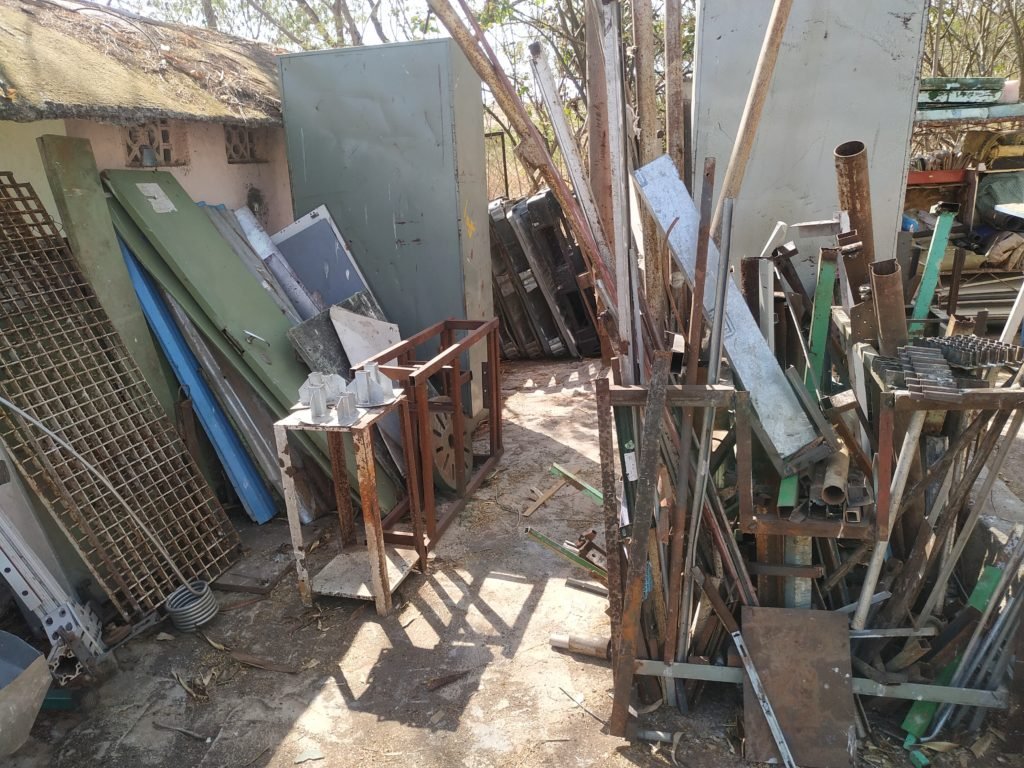
mage 7: Angles, pipes, bars. etc.3. PVC pipes and pieces
All the pvc pipes of various sizes arranged in a structure made with scrap table and wiremesh frame. All this pipes and pieces can be utilize for different applications in plumbing, irrigation, etc.
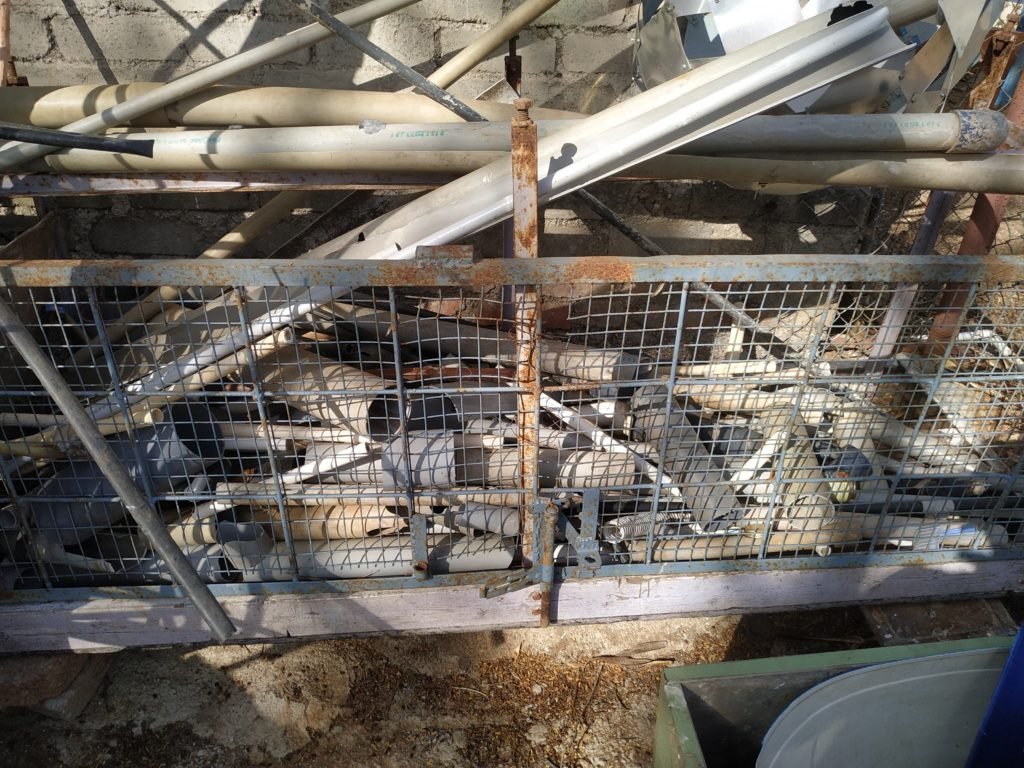
Image 8: PVC pipes and pieces4. Pallets and plywood
As shown in image no. 9 pallets and plywood pieces are arranged in accessible location to everyone easily.
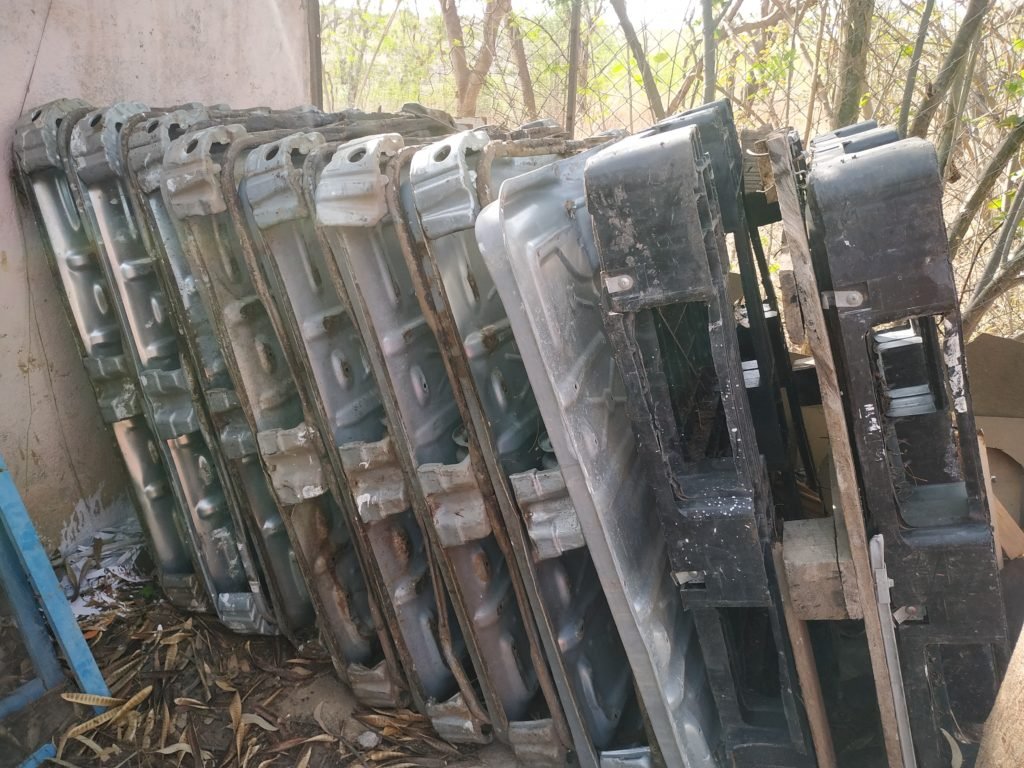
Image 9: pallets and plywood5. Cupboard for electric wires, etc.
There are four trash cupboards of different sizes. As shown in image 10, this cupboards are used for electrical wires, breakdown appliences, trash kitchen wares, plumbing materials and trash tools, etc.
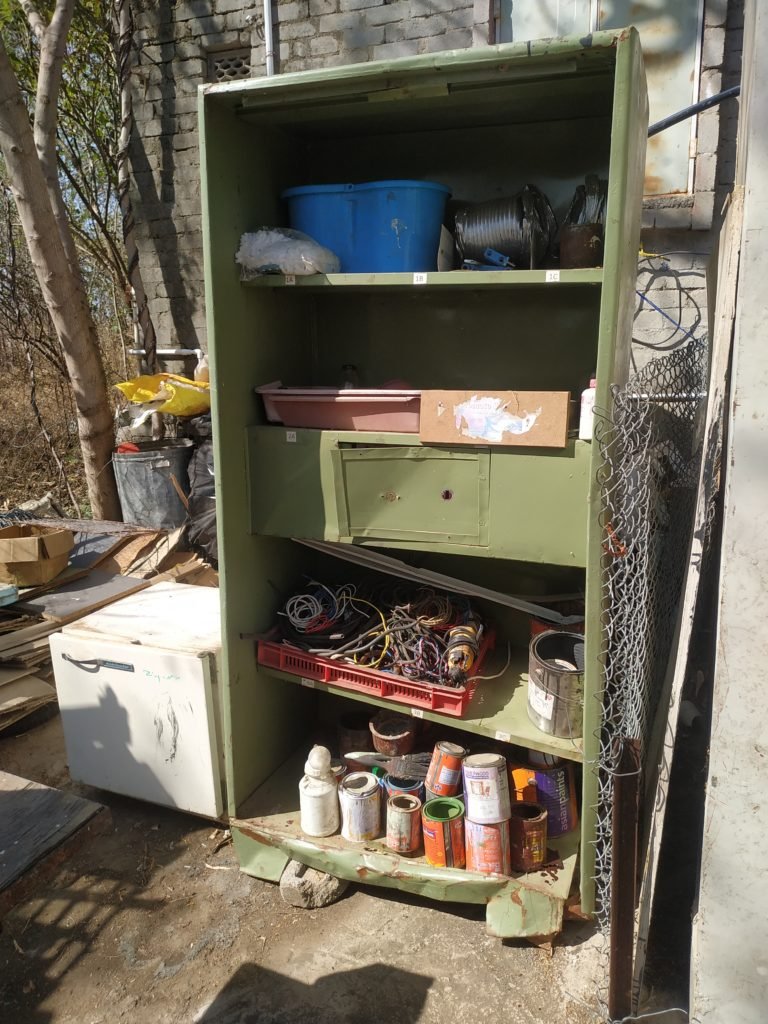
Image 10: Cupboards for electrical wires, etc.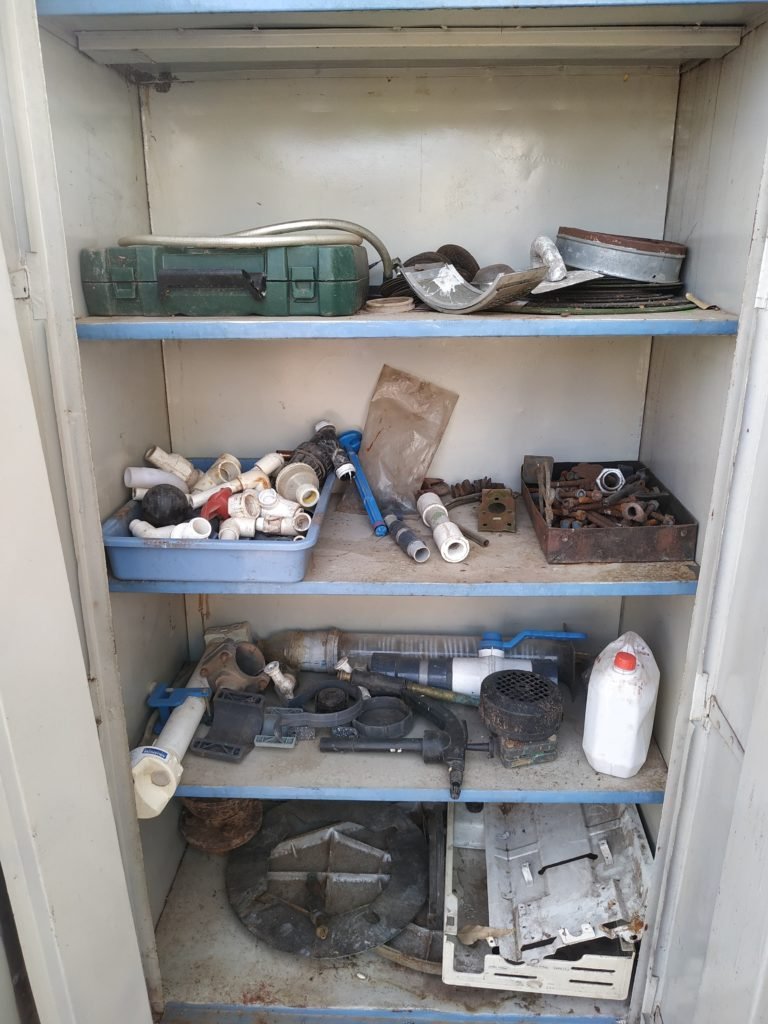
Image 11: Plumbing materials and trash tools, etc6. Final scrap box
Two separate boxes (trash cupboards) are arranged near the unsorted materials bays for metals as well as nonmetals. Materials in this boxes will considered to be the final scrap.
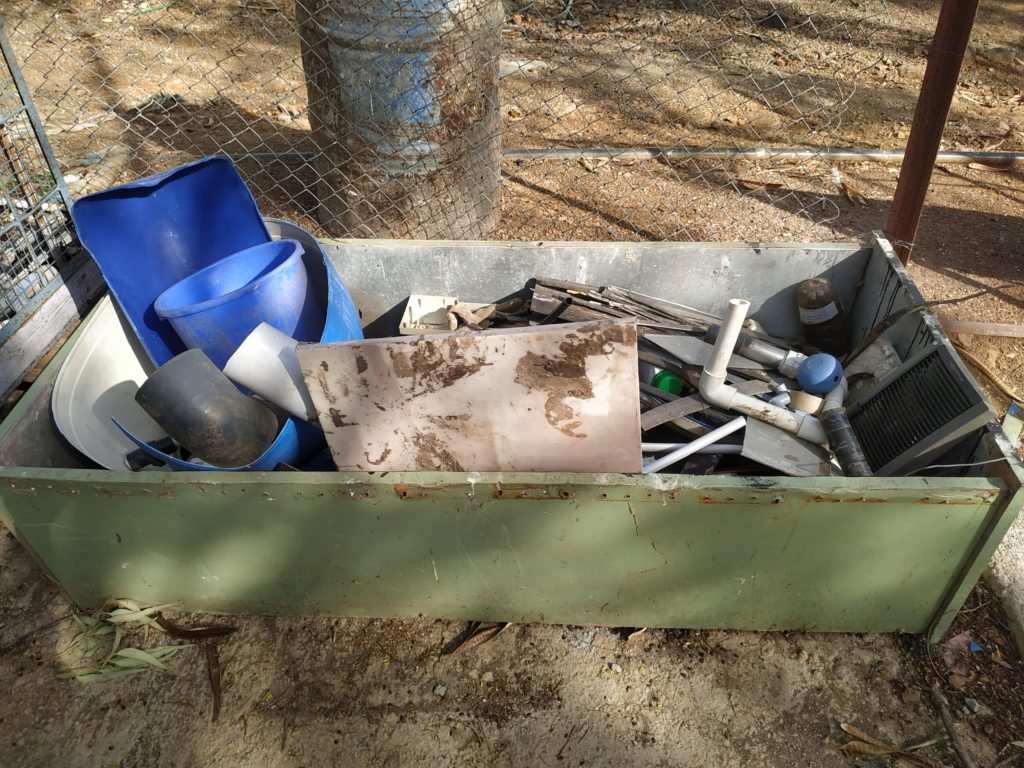
Image 12: Final scrap box5. Project/ invention from scrap
There are trash bicycles found in scrap which need maintenance to make them usable. The rims and frames of bicycles are in good conditions.
In Vigyan Ashram there is need of a cart for material conveying. Considering bicycle spare parts and other materials found in scrap it is possible to make a cart with this requirement.
Conclusion
All the trash materials in scrapyard sorted, categaorised, and arranged according to the map made of Vigyan Ashram scrapyard. The scrapyard after arrangement is shown below(image 13). First 3 objectives fulfilled through above activities.
Also it is possible to make a cart needed in Vigyan Ashram campus for material conveying.
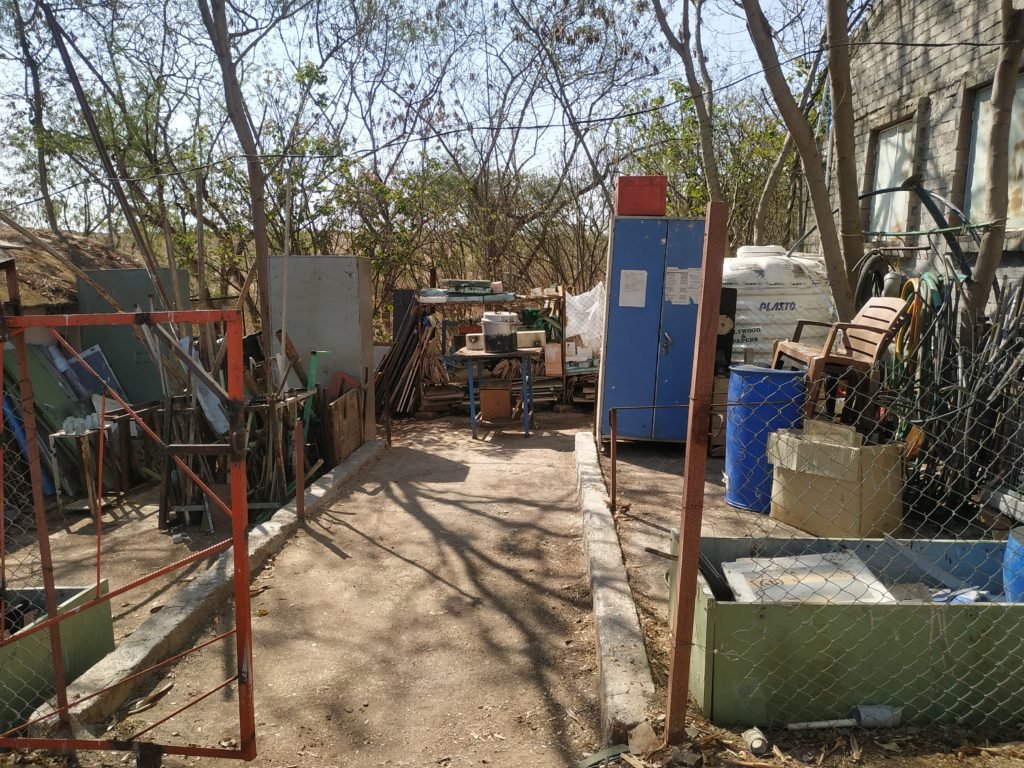
Image 13: Vigyan Ashram Scrapyard after all arrangements



